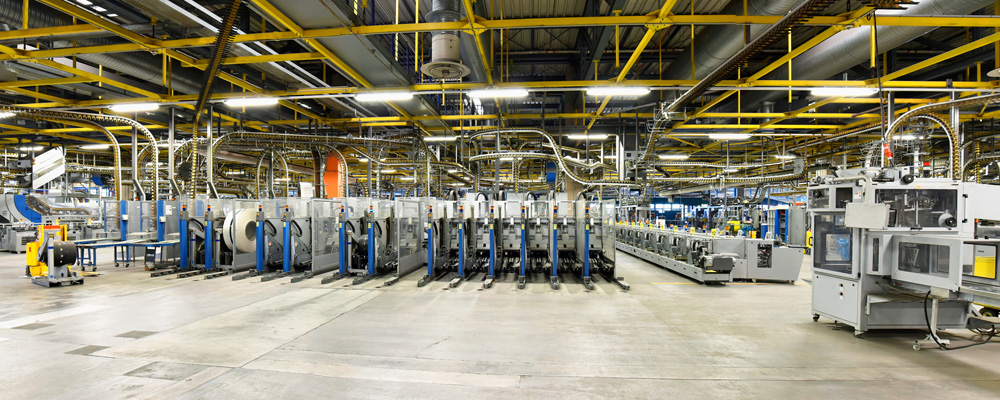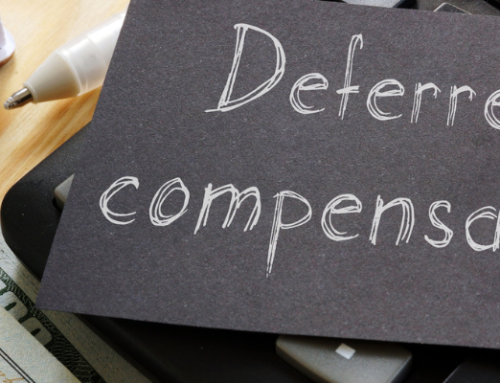The pandemic and the resulting changes in employee work routines and locations have created a potential cost-allowability issue that many government contractors have not previously encountered – potential idle facilities and/or idle capacity.
FAR 31.205-17, Idle Facilities and Idle Capacity Costs, defines the associated costs to include such costs as maintenance, repair, housing, rent, and other related costs such as property taxes, insurance, and depreciation.
Facilities are defined as a plant (think office) or any portion thereof, equipment or tangible capital assets, wherever located, and whether owned or leased (think copy machines, desktop computers, furniture, etc.).
Idle capacity, as defined, relates to the unused capacity of a partially used facility (i.e., the relative relationship of 100% utilization vs. actual utilization during the accounting period). Idle capacity costs are generally considered an allowable cost of doing business provided the capacity is necessary or was initially reasonable and is not subject to reduction or elimination through subletting, rental, or sale. Retained for an extended period of time will have a detrimental impact on your competitive position and resulting profitability.
Idle facility costs in excess of current needs are unallowable unless: (1) they are necessary to meet established fluctuations in normal business workloads or were necessary when originally acquired. Idle facility costs can be allowable for a reasonable period of time, ordinally not to exceed one year, depending on the initiative taken to use, lease or dispose of the idle facility. Facilities made idle through contract modification or termination may be allowable and recovered through an applicable contract changes clause or a termination settlement claim (see FAR 32.205-42, Terminations).
It is suggested, if your workforce is substantially remote or anticipated to be in your facility for something less than 100%, you evaluate your capacity and facility requirements and actively initiate a reduction in costs before it becomes a cost-allowability issue with DCAA or distorts your planned profitability. Consideration might be given to a reduced facility size enabled by a staggering in-office work schedule or utilization of “hoteling” associated with an off-site workforce. If a reduction in the size of your facility is not a practical solution, consider subletting some amount of your facility to another contractor who finds themselves in the same situation and needs to reduce their facility/capacity costs. The threat is real, be creative, be proactive and get ahead of the problem





